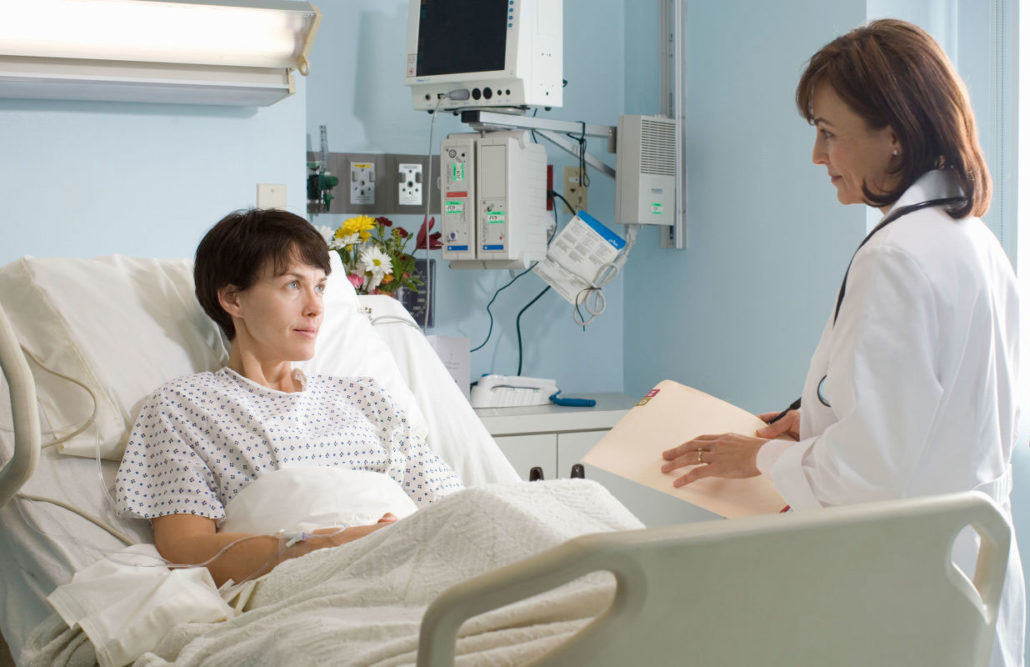How can CAUTIs be prevented?
Urinary tract infections are the most common infections reported in hospital or healthcare environments. According to recent data** published by the CDC, 560,000 hospitalized patients develop CAUTIs during their treatment period. These cases extend hospital stays, thus increasing care costs and rising overall morbidity rates. This figure accounts for over 40 percent*** of hospital-based infections in the United States alone. The more concerning aspect is that, of these cases, up to 80 percent*** are related to catheterization or related surgical procedures, such as incisions or secondary operative treatments.
CAUTIs as hospital acquired conditions (otherwise known as HACs) rise the cost of healthcare by $424 to $451 million yearly and pose a major safety risk to patients, as well as healthcare professionals. The figures are also staggering when taken individually: each catheter related infection costs approximately $3,000 per episode. All this data points out to how important is CAUTI prevention for catheterized patients. Because of the massive financial and medical concern posed by the CAUTIs, multiple guidelines have been created to better manage this terrible hospital acquired infection.
Let’s take a look at how can CAUTIs be prevented in catheterized patients:
- Minimizing the use of catheters
Catheters are, by far, the most common specialized medical device used in hospital. Unfortunately, catheters are often employed in scenarios when they are not essentially required. For instance, nurses, who are responsible for the primary care of patients, often use catheters simply for their convenience. This catheter usage, only for the convenience of staff (for example, when dealing with a patient with urinary incontinence) must be avoided at all costs.
Catheterization is an important factor for CAUTIs, and multiple health insurance companies have ceased payments for hospital acquired infections (HAI) in this situation. For instance, as of October 2008, Medicare has selected CAUTI HAIs for non payment. The direction is obvious: there is a general plan to reduce overall catheterization by at least 50 percent by 2020. Also, this reduction will translate in a reduction of CAUTI incidence of up to 25 percent by the same year.
In some hospitals, nurses are authorized to remove or cease catheterization in certain patients, without prior approval from other healthcare professionals, namely doctors. This “nurse assessment”, although not universal, is applied successfully in most hospitals across the United States.
- Better patient care
Having a better protocol for patient care is also crucially important when trying to avoid CAUTIs. Certain patients, who are more prone to urinary tract infections, such as women, elderly patients or immune-deficient patients should be separated and monitored permanently. Special care should be given to these patients, especially if the catheterization procedure is long term. The associated health risks include, besides CAUTIs, several types of infections, cancers or tissue damage.
Here is a breakdown of other CAUTI prevention methods:
- proper guidelines and training for catheterization for nurses, patients or family;
- the implementation of a hygienic technique for the insertion, removal or cleaning of catheters and accessories;
- special care to post-operative patients, which must have their catheters removed as quickly as possible, preferably within 24 hours, according to the CDC***;
- regular review and assessment of catheterized patients and removal of unnecessary catheters, whenever possible;
- become familiar with local hospital regulation concerning catheterization; for instance, you should know how a nurse or a doctor may decide when to stop catheterization;
sources:
* http://nursingworld.org/ANA-CAUTI-Prevention-Tool
** https://www.cdc.gov/infectioncontrol/pdf/guidelines/cauti-guidelines.pdf
*** https://www.americansentinel.edu/blog/2013/05/20/preventing-catheter-associated-urinary-tract-infections-cautis/
**** https://www.ncbi.nlm.nih.gov/pmc/articles/PMC2223845/



